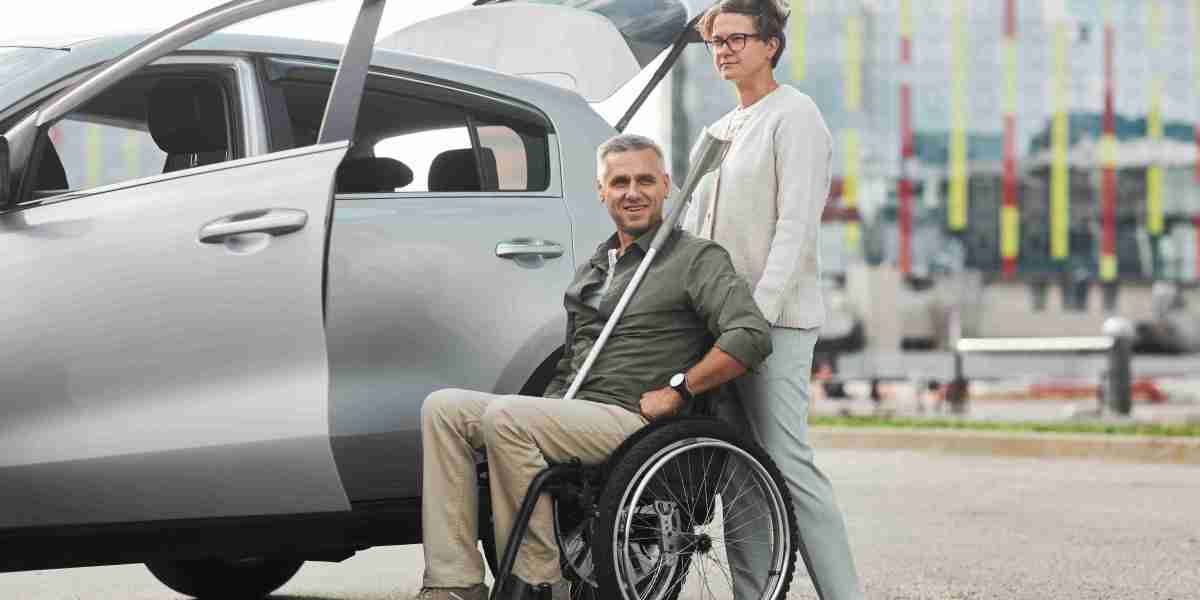
Understanding Medical Walkers: A Comprehensive Guide
Medical walkers serve as vital mobility aids for individuals recuperating from surgical treatment, managing persistent health problems, or handling age-related mobility issues. These devices not just boost physical self-reliance but also improve safety, allowing users to navigate their environments with greater ease. This post checks out the types, benefits, features, and considerations associated with medical walkers, along with some often asked concerns.
Table of Contents
- Types of Medical Walkers
- Benefits of Using a Medical Walker
- Secret Features to Consider
- Regularly Asked Questions
- Conclusion
1. Types of Medical Walkers
Medical walkers are readily available in numerous styles, accommodating different needs and preferences. The primary types include:
| Type of Walker | Description |
|---|---|
| Standard Walker | A rectangular frame with 4 legs, providing stability and assistance. |
| Two-Wheeled Walker | Similar to a basic walker however equipped with wheels at the front for easier movement. |
| Three-Wheeled Walker | A lightweight walker with 3 wheels, enabling more maneuverability, suitable for indoor use. |
| Rollator Walker | A walker with 4 wheels, hand brakes, and a seat, appropriate for longer ranges and resting requirements. |
| Hemi Walker | Designed for individuals who can use just one hand, including a tripod-like style. |
2. Benefits of Using a Medical Walker
Using a medical walker presents a number of benefits that contribute to the user's general wellness, consisting of:
- Increased Stability: Walkers supply a stable base of assistance, decreasing the danger of falls.
- Enhanced Mobility: They allow users to walk around more easily, promoting self-reliance.
- Discomfort Relief: By rearranging weight, walkers can relieve discomfort in the joints, particularly in the hips and knees.
- Posture Support: These gadgets motivate appropriate posture, minimizing stress on the back.
- Improved Confidence: Users typically feel more secure utilizing walkers, resulting in much better self-esteem and increased activity levels.
3. Key Features to Consider
When choosing a medical walker, it's essential to examine numerous functions to discover the best fit. Here are some important elements to think about:
- Weight Capacity: Ensure the walker can support the user's weight while keeping stability.
- Height Adjustment: Look for a walker with adjustable height settings to accommodate the user's height and supply comfortable grip.
- Material: Lightweight aluminum walkers are simpler to navigate, while steel walkers provide more powerful support however might be heavier.
- Wheel Quality: If opting for a wheeled walker, consider the wheel size and tread. Bigger wheels navigate irregular surface areas more easily.
- Seat Availability: If users will be walking for longer periods, a walker with an integrated seat can supply rest breaks when required.
- Brakes: Hand brakes are especially essential for safety in rollator walkers to control speed and stop when required.
Kinds of Walkers with Features Comparison Table
| Walker Type | Weight Capacity | Height Adjustment | Wheels | Seat Available | Brakes |
|---|---|---|---|---|---|
| Requirement Walker | Up to 300 pounds | Yes | No | No | No |
| Two-Wheeled Walker | Up to 300 lbs | Yes | Yes | No | No |
| Three-Wheeled Walker | Up to 250 lbs | Yes | Yes | No | No |
| Rollator Walker | Approximately 400 pounds | Yes | Yes | Yes | Yes |
| Hemi Walker | As much as 250 lbs | Yes | No | No | No |
4. Frequently Asked Questions
Q1: Who must use a medical walker?A: Medical walkers are beneficial for individuals recovering from surgery, experiencing balance issues, or requiring assistance due to age-related mobility challenges. Q2: Can a medical walker be adjusted?A: Yes, most

medical walkers are height-adjustable to accommodate various user heights, allowing for a more comfy grip. Q3: How do I pick the right walker for my needs?A: Consider elements such as the user's weight, height, type of mobility concerns, and whether they require a seat or brakes. Evaluating the walker for comfort and stability before purchase is also recommended. Q4: Are there any safety tips connected with using a medical walker?A: Yes, users need to guarantee they do not lean too greatly on the walker, use it on stable and level surfaces, and constantly ensure physical activity, which aids in recovery and mobility enhancement. 5.
the brakes are engaged when seated or fixed. Q5: Can walking with a medical walker help with rehabilitation?A: Absolutely. Medical walkers are often advised as part of rehabilitation programs as they encourage
Conclusion Medical walkers play a crucial function in enhancing the lifestyle for people facing mobility obstacles. With numerous types and functions readily available, selecting the ideal walker includes considering the user's specific requirements and scenarios. By comprehending their benefits and proper use, individuals can restore independence, improve their mobility, and navigate their environments securely. Whether for short-term recovery or long-term support, the right medical walker can significantly enhance a user's total well-being. Integrating a medical walker into one's day-to-day regimen can be a transformative choice, making it much easier to take part in life's everyday activities while making sure safety and confidence.








